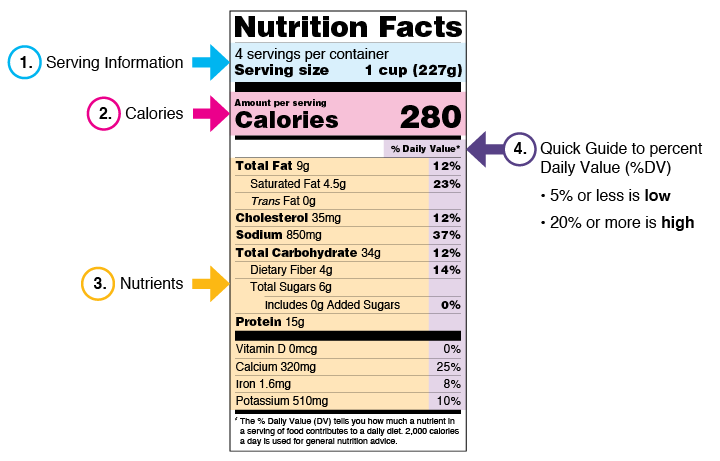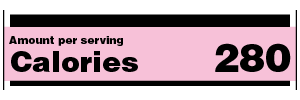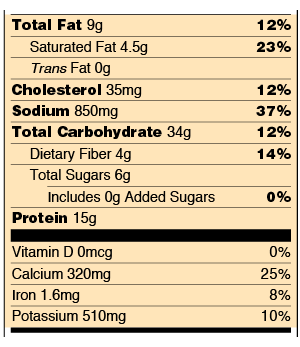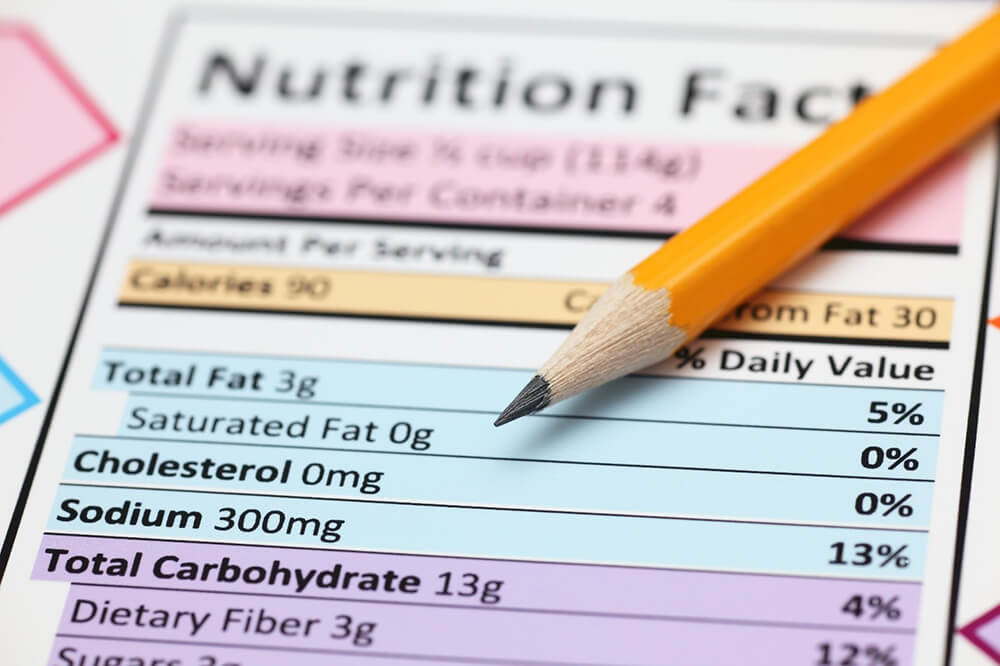Packed food items often have information that comes with it but I bet many of us do not go past the name of the item and ingredients some times when the food item is new. How many times do you walk into a supermarket or grocery store and care to read the labels before making the decision to buy that food item? Always? Never thought about it? or you don’t think it is important?
At the back of every food packaging there is always labels that ideally should be read by everyone as a determinant for the purchase of that food. That is what we call a nutrition label or food label. Nutrition labels describe the nutrient content of a food and are intended to guide the consumer in food selection. The nutrition information provided must be selected on the basis of consistency with dietary recommendations.
Food labelling is not only vital but also a legal requirement if you’re a food producer. Understanding food labels helps consumers make informed decisions when purchasing food and helps them to store and use the food they’ve purchased safely.
What is a nutrition fact label?
The nutrition facts label is a label required on most packaged food in many countries, showing what nutrients and other ingredients are in the food. Labels are usually based on official nutritional rating systems. The label breaks down the amount of calories, carbs, fat, fiber, protein, and vitamins per serving of the food, making it easier to compare the nutrition of similar products.
Importance of nutrition labels
Nutrition facts labels tell you about the nutrition of a particular product. This information includes serving size, number of servings in the package, calories per serving and the amount of various nutrients contained in the product. Once you understand the labels, they can help you follow a healthy diet and make it easier to choose the most nutritious foods between two different foods.
You can compare the labels to determine which foods are lowest in calories, fat, saturated fat, trans fat, cholesterol, sodium and sugar. These are the ingredients you should limit for good health. Checking the ingredients list will help you avoid foods that contain additives or other ingredients that you want to avoid. The foods with the fewest ingredients and those that only contain ingredients that you would have in your own kitchen are healthier than those with lots of ingredients you don’t recognize.

How to understand and use nutrition labels
Servings

Serving sizes are standardized to make it easier to compare similar foods; they are provided in familiar units, such as cups or pieces, followed by the metric amount, e.g., the number of grams (g). The serving size reflects the amount that people typically eat or drink. It is not a recommendation of how much you should eat or drink.
It’s important to realize that all the nutrient amounts shown on the label, including the number of calories, refer to the size of the serving. Pay attention to the serving size, especially how many servings there are in the food package. In the sample label, one serving of this particular food equals 1 cup. If you ate two cups, you would be consuming two servings. That is two times the calories and nutrients shown in the sample label, so you would need to double the nutrient and calorie amounts, to see what you are getting in two servings.
Calories

Calories is a measure of how much energy you get from a serving of this food. Remember the number of servings you consume determines the number of calories you actually eat for example, there are 280 calories in one serving of our food above. If you ate the entire package you would have consumed 1,120 calories. (280 calories multiplied by 4 servings)
To achieve or maintain a healthy body weight, balance the number of calories you eat and drink with the number of calories your body uses. 2,000 calories a day is used as a general guide for nutrition advice. Your calorie needs may be higher or lower and vary depending on your age, sex, height, weight, and physical activity level.
Daily Value

The daily value is expressed in percentages. it is the percentage of the Daily Value for each nutrient in a serving of the food. The Daily Values are reference amounts (expressed in grams, milligrams, or micrograms) of nutrients to consume or not to exceed each day. The % daily value shows how much a nutrient in a serving of a food contributes to a total daily diet thus helping you determine if a serving of food is high or low in a nutrient. It saves you the trouble of having to interpret the nutrient numbers by putting it on a scale of (0-100). Therefore the higher the percentage of the daily value of a particular nutrient, the higher you are getting of that nutrient per serving.
Nutrients

This section indicates the key nutrients that impact your health. With this you can be able to look for foods that contain more of the nutrients you want to get more of and less of the nutrients you may want to limit.
When it comes to sugars, unlike before where the label only indicated total sugars, provisions have been made to include added sugars separate because total sugars included even the natural sugars present in the food which can be misleading.
Saturated fat, sodium, and added sugars are nutrients listed on the label that may be associated with adverse health effects so choose foods that have less of these and emphasize foods with more desirable nutrients like dietary fiber, vitamin D, calcium, iron, potassium e.t.c
I hope this brings us closer to interpreting the nutrition of a particular food you are purchasing.
In conclusion
According to the Food and Agriculture Organization (FAO), one of the main drivers for nutrition labelling is the increased prevalence of diet-related non-communicable diseases and these labels can be effective instruments in helping consumers to make healthful food choices. To maximize the potential of nutrition labels and health claims to improve public health, awareness campaigns and education programmes should be provided on an ongoing basis to help consumers to understand and use labels appropriately.
Take time to read that label on your favorite food, you will be surprised what you find. A healthy diet is crucial throughout your lifetime and paying attention to nutrition labels is a good step toward improving ones overall diet.
See next Wednesday
